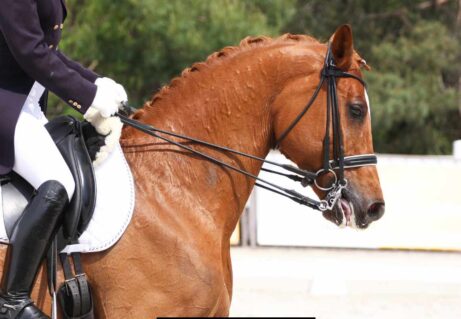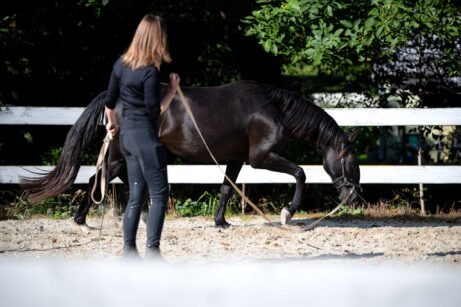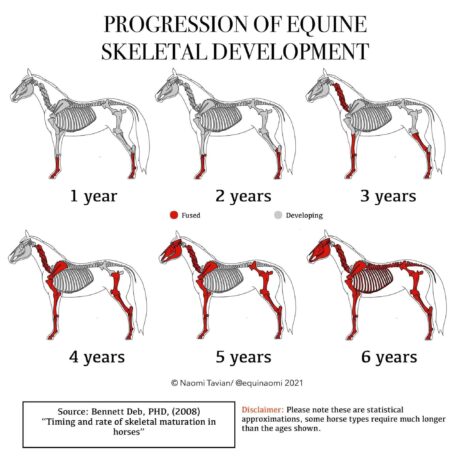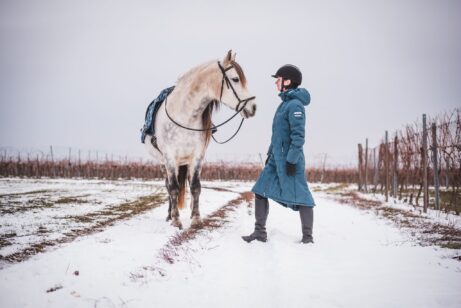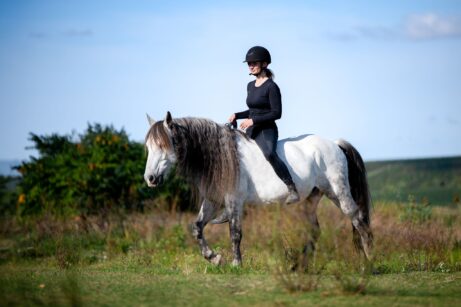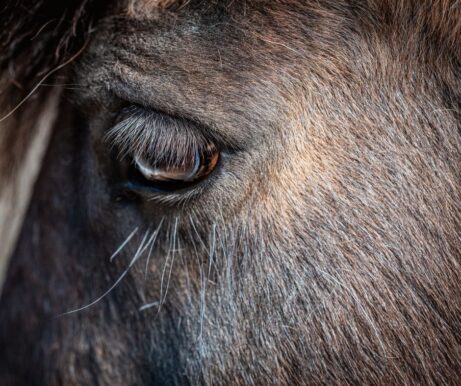Understanding Horse Body Language: Relaxation vs. Calming Signals
As equestrians and horse enthusiasts, our ability to communicate effectively with horses largely depends on our understanding of their body language. Two crucial aspects of equine communication are relaxation signals and calming signals. While these terms are often used interchangeably, they actually represent different states and behaviors in horses.
Let's dive deep into what these signals mean, how to recognize them, and why distinguishing between them is crucial for better horsemanship.
Relaxation Signals
Relaxation signals indicate that a horse is comfortable, at ease, and feeling safe in their current environment. These signals are passive and often sustained over a period of time. When a horse displays relaxation signals, it means they're not anticipating any threat or stress.
Common relaxation signals include:
- Lowered head: The horse's head is carried lower than usual, but not in a grazing position. This indicates the horse doesn't feel the need to be on high alert.
- Soft eyes: The eyes appear larger and less tense. The area around the eyes is smooth, not wrinkled.
- Droopy lower lip: The lower lip may hang loosely, sometimes with a visible gap between the upper and lower lip.
- Cocked hind leg: One hind leg is relaxed, with the hoof resting on its toe. This shows the horse isn't ready to flee.
- Slow, rhythmic tail swishing: Gentle, slow movements of the tail, not the sharp swishes associated with irritation.
- Ears gently moving: The ears are relaxed and casually moving to take in sounds, not fixed in one position.
- Even breathing: Steady, calm breaths, not rapid or shallow.
- Relaxed nostrils: The nostrils are soft and only slightly open, not flared.
- Weight evenly distributed: The horse stands squarely or with a hind leg cocked, not poised for quick movement.

Calming Signals
Calming signals, on the other hand, are active attempts by the horse to diffuse tension or potential conflict, either with humans or other horses. These are often in response to a specific stimulus or change in the environment. Calming signals are the horse's way of communicating that they're feeling some level of stress or uncertainty and are trying to avoid escalation.
Common calming signals include:
- Head turning away: The horse averts its gaze or turns its head away, showing non-aggression.
- Blinking: Rapid blinking can be an attempt to calm a situation.
- Licking and chewing: Often seen after a moment of tension. It can also indicate processing of information or release of tension.
- Yawning: While sometimes due to tiredness, yawning can also be a calming signal to release tension or diffuse a situation.
- Sniffing the ground: This can be a way to show they're not a threat or to distract themselves from a stressful situation.
- Stretching down: Can be a way to release tension, especially after a period of stress.
- Rolling in a calm way: When done in a relaxed manner, this can be a sign of releasing tension and returning to a calm state.
- Head lowering: A quick lowering and raising of the head, different from the sustained lowered head of relaxation.
- Scratching: Sometimes used as a displacement behavior in mildly stressful situations.
- Sighing: A deep exhalation, often accompanied by lowering of the head.
Key Differences
Understanding the differences between relaxation and calming signals is crucial for effective communication with horses:
- Purpose: Relaxation signals show a current state of comfort, while calming signals are active efforts to create or maintain peace.
- Timing: Relaxation signals are often constant in a comfortable environment, while calming signals are usually in response to a specific stimulus or change.
- Energy: Relaxation signals are low-energy, while calming signals often involve more movement or action.
- Duration: Relaxation signals tend to be sustained, while calming signals are often brief or repetitive.
- Context: Relaxation signals occur in safe, comfortable environments, while calming signals often appear in potentially stressful or new situations.

Why It Matters
Recognizing the difference between relaxation and calming signals is crucial for several reasons:
Improved communication: Understanding what your horse is trying to tell you leads to better interaction and training outcomes.
Stress management: Recognizing calming signals allows you to identify and address sources of stress for your horse.
Safety: A horse displaying calming signals might be close to its stress threshold, requiring careful handling to prevent escalation.
Training effectiveness: Knowing when your horse is truly relaxed versus when they're actively trying to calm themselves can help you adjust your training approach for better results.
Relationship building: Responding appropriately to your horse's signals builds trust and strengthens your bond.
Distinguishing between relaxation and calming signals in horses is a valuable skill for any equestrian. By understanding these nuances in horse body language, we can better interpret our horses' emotional states and needs. This knowledge allows us to create more positive interactions, reduce stress in our horses' lives, and ultimately develop stronger, more trusting relationships with these magnificent animals.
Remember, context is key when interpreting these signals. Always consider the overall body language of the horse and the situation they're in.
With practice and observation, you'll become more adept at reading your horse's subtle cues, leading to improved communication and a deeper connection with your equine partner.
Read more

